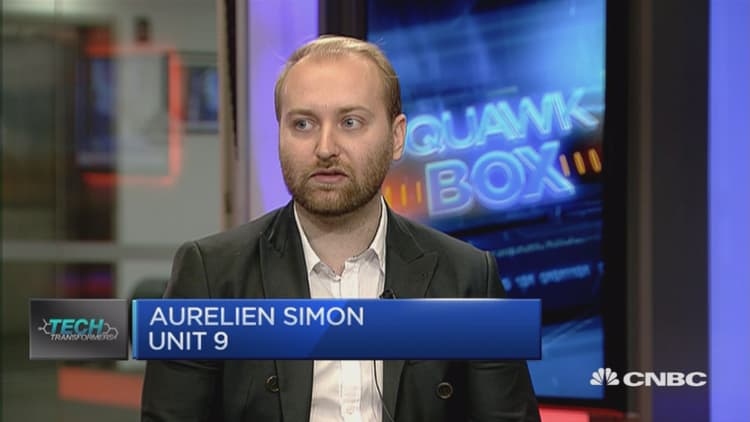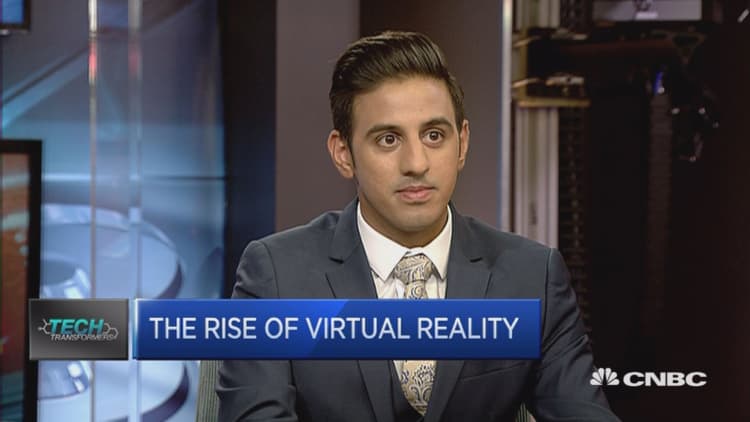
Want to experience business class or live like a king in a luxury apartment – before handing over the cash? This could soon become possible with the growth of virtual reality (VR) advertising.
This innovation to the advertising industry has become a growing part of the VR market. Cameron Peebles, chief marketing officer of VR advertising platform VirtualSKY, told CNBC via e-mail his organisation had "received heavy interest from virtually every major international agency."
Analysts say that VR ads are at the moment mainly popular within the tech industry, but have also gained notable interest from car brands, with Audi, Jaguar and Volvo among those releasing VR ads. Demonstrating the breadth of the technology's appeal, other brands with VR campaigns include Coca-Cola, which allowed consumers to virtually ride on Santa's sleigh; Nike, which captured Brazilian soccer player Neymar scoring for his national team; and even cheese brand Boursin, which journeyed viewers through a packed fridge.
Explaining the place of VR in advertising, Hope Frank, CMO of advertising automation platform Kiosked, told CNBC via e-mail that "selling an experience has become a crucial part [its] of success." She adds that allowing the consumer to "explore the experience in an exciting new way prior to any purchase decision is highly valued by the luxury travel segment, transportation, hospitality and many more."

Teething problems
But, VR ads have experienced teething problems.
Lack of amplification of a company's message is cited as a key issue. VR is based on an individual's private experience and this ultimately cannot be shared – including on social media. To solve this problem, Maks Fus-Mickiewicz of strategic consultancy The Future Laboratory suggests that along with the VR ad, brands should "create a corresponding 360 video and launch this on YouTube."
Additionally, not every potential consumer has a VR headset conveniently to hand. But, a more affordable strand of the technology does exist – famously popularised by Google – which involves wearing a cardboard headset designed to hold a smartphone running apps specifically designed to evoke VR.
Successful VR advertising requires a specific understanding of the genre, and brands can mistakenly fall into a mindset that also applies to social media advertising – that a campaign can be unanimously pushed across all platforms without addressing the peculiar characteristics of each.
Another controversy surrounds the idea that VR is largely considered an escape from everyday reality, meaning that advertising in this new environment could actually ruin the experience. Pressure exists for brands to successfully tell an engaging story through their ads. Peebles is optimistic, saying, "[previously] the only real way for publishers to monetize their apps was to use traditional 2D banners … [but now] many [of our] ads are as good [as] or better than the content they are displaying in."
VR advertising will find application more difficult in certain industries, household goods being one example. But, all the analysts CNBC spoke to concur that the technology is here to stay, providing that any problems are ironed out first. According to Peebles, "TechCrunch has predicted that VR will be larger than mobile by the year 2020, meaning that it not only has longevity but will be one of the main ways we experience the world and communicate with the people in our lives."

